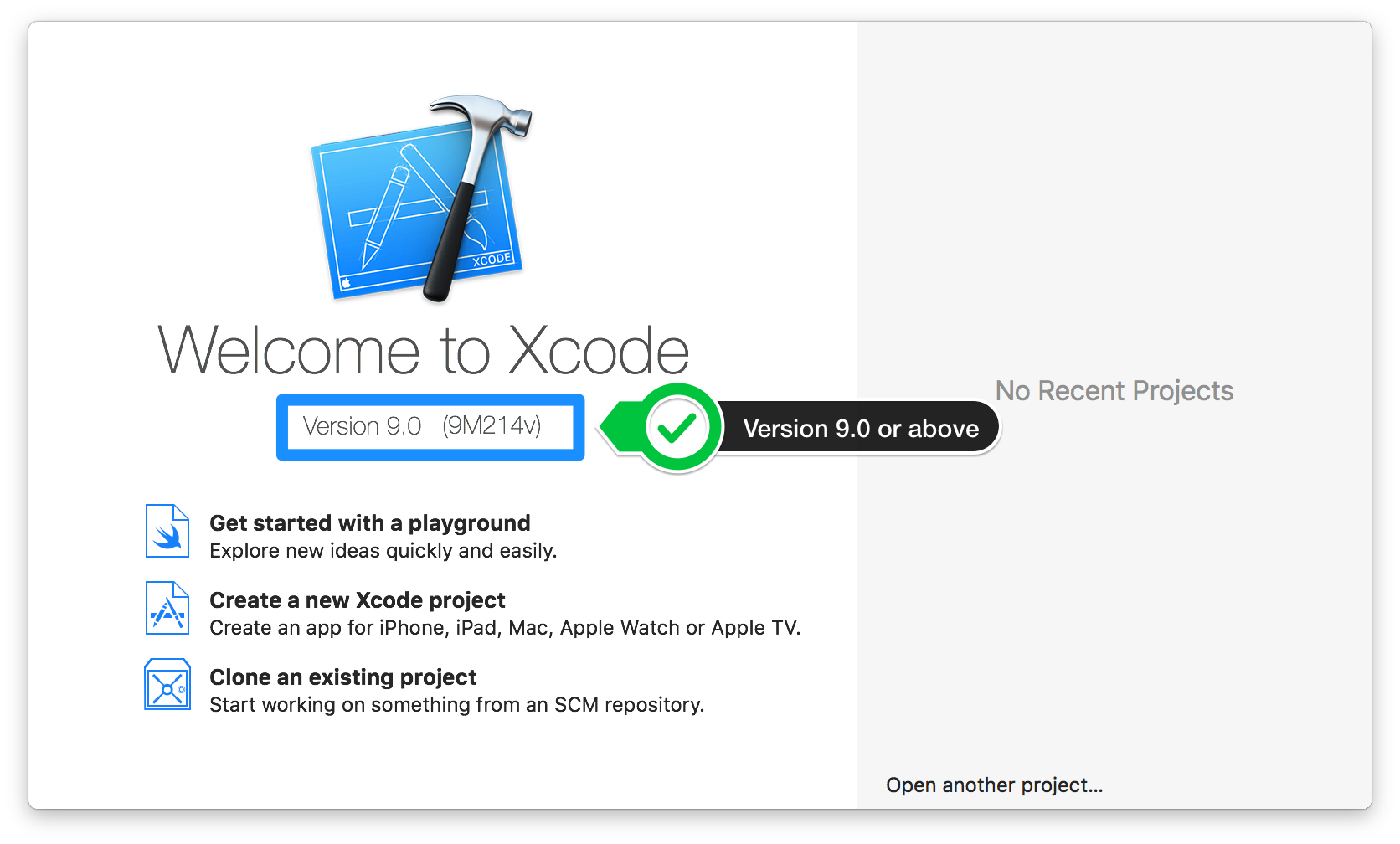Xcode For Mac Sierra
Mac OS X v10.5 Leopardに先駆けてリリース。 Mac OS X v10.4と10.5において起動可能。しかしMac OS X v10.5上では一部の機能が制限を受ける。 Mac OS X v10.5をターゲットとした開発環境ではなく、Xcode 3.0へのプロジェクトの移行を目的とする。. MacOS High Sierra 10.13.6 or later. Apple Support 2.4 for iOS. IOS 11.0 and later. MacOS Sierra 10.12.6, macOS High Sierra 10.13.6, and macOS Mojave 10.14. Apple Watch Series 1 and later. Apple TV 4K and Apple TV (4th generation) 17 Sep 2018. Xsan is a powerful and scalable solution for storage and consolidation in macOS. Use the resources below to learn about setup options, network management, configuration, and more.
Mac OS X comes with Python 2.7 out of the box.
- Mac users who prefer to have a more traditional Unix toolkit accessible to them through the Terminal may wish to install the optional Command Line Tools subsection of the Xcode IDE. From MacOS High Sierra, Sierra, OS X El Capitan, Yosemite, Mavericks onward, this is now easily possible directly and without installing the entire Xcode package.
- Note: do not change “machddng.img” or it will break the scripts later. Qemu-img create -f qcow2 machddng.img 80G. The 80GB empty disk has been created. The macOS image is ready. Now, create the network for the OSX VM. If you have successfully installed all the AUR packages above, you should be able to run this: Run these commands one-by.
You do not need to install or configure anything else to use Python 2. Theseinstructions document the installation of Python 3.
The version of Python that ships with OS X is great for learning, but it’s notgood for development. The version shipped with OS X may be out of date from theofficial current Python release,which is considered the stable production version.
Doing it Right¶
Let’s install a real version of Python.
Before installing Python, you’ll need to install GCC. GCC can be obtainedby downloading Xcode, the smallerCommand Line Tools (must have anApple account) or the even smaller OSX-GCC-Installerpackage.
Note

If you already have Xcode installed, do not install OSX-GCC-Installer.In combination, the software can cause issues that are difficult todiagnose.
Note
If you perform a fresh install of Xcode, you will also need to add thecommandline tools by running xcode-select--install on the terminal.
While OS X comes with a large number of Unix utilities, those familiar withLinux systems will notice one key component missing: a package manager.Homebrew fills this void.
To install Homebrew, open Terminal oryour favorite OS X terminal emulator and run
The script will explain what changes it will make and prompt you before theinstallation begins.Once you’ve installed Homebrew, insert the Homebrew directory at the topof your PATH environment variable. You can do this by adding the followingline at the bottom of your ~/.profile file
If you have OS X 10.12 (Sierra) or older use this line instead
Now, we can install Python 3:
This will take a minute or two.
Pip¶
Homebrew installs pip pointing to the Homebrew’d Python 3 for you.
Working with Python 3¶
At this point, you have the system Python 2.7 available, potentially theHomebrew version of Python 2 installed, and the Homebrewversion of Python 3 as well.
will launch the Homebrew-installed Python 3 interpreter.
will launch the Homebrew-installed Python 2 interpreter (if any).
will launch the Homebrew-installed Python 3 interpreter.
If the Homebrew version of Python 2 is installed then pip2 will point to Python 2.If the Homebrew version of Python 3 is installed then pip will point to Python 3.
The rest of the guide will assume that python references Python 3.
Pipenv & Virtual Environments¶
The next step is to install Pipenv, so you can install dependencies and manage virtual environments.
A Virtual Environment is a tool to keep the dependencies required by different projectsin separate places, by creating virtual Python environments for them. It solves the“Project X depends on version 1.x but, Project Y needs 4.x” dilemma, and keepsyour global site-packages directory clean and manageable.
For example, you can work on a project which requires Django 1.10 while alsomaintaining a project which requires Django 1.8.
So, onward! To the Pipenv & Virtual Environments docs!
This page is a remixed version of another guide,which is available under the same license.
Profile Manager
Profile Manager makes it easy to configure your users' macOS and iOS devices so they’re set up to use your company or school resources and have the settings your organization requires.
Profile Manager helpEnable mobile device management Reset Profile ManagerPorts used by Profile Manager in macOS ServerResolve issues with Profile Manager in macOS Server
Reset Profile ManagerPorts used by Profile Manager in macOS ServerResolve issues with Profile Manager in macOS ServerXsan
Xsan is a powerful and scalable solution for storage and consolidation in macOS. Use the resources below to learn about setup options, network management, configuration, and more.
Set up and manage an Xsan networkXsan versions included with or required by macOSXcode For Mac Sierra 10.12
Learn about sharing filesXcode For Mac Os Sierra
Mount Xsan volumes with advanced optionsCompatibility of Xsan metadata controllers (MDCs) and clientsResources
Have a question?
Xcode For Osx High Sierra
Ask everyone. Our Apple Support Community can help you find answers.
Download Xcode For Macos High Sierra 10.13.6
Ask the Apple Support CommunityTell us how we can help
Answer a few questions and we'll help you find a solution.
Get support